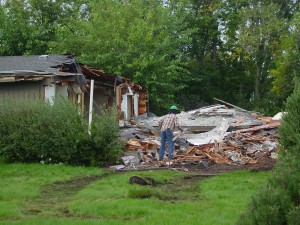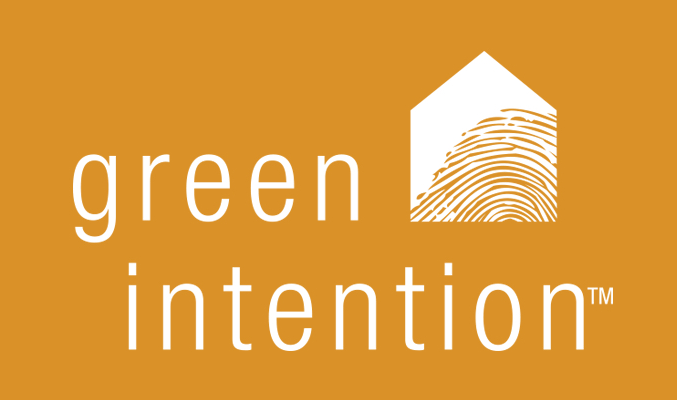 The choice of building materials entered almost every discussion during the design and construction of our home. From LEED for Homes standpoint, material choices can have a huge impact on the environment due to the extraction, processing, and transportation they require. Additionally,
The choice of building materials entered almost every discussion during the design and construction of our home. From LEED for Homes standpoint, material choices can have a huge impact on the environment due to the extraction, processing, and transportation they require. Additionally,
Activities to produce building materials may pollute the air and water, destroy natural habitats, and deplete natural resources. Construction and demolition wastes constitute about 40% of the total solid waste stream in the United States.
From a homeowner’s standpoint, material choices stare us in the face every day. The design aesthetic plays a huge role, and many people want to choose recycled or reclaimed materials because they feel good about it when they look at it in their home. Green materials can be the showy piece of the home. When people come to our house, they say, “So, show me what is green about this house.” They can’t see our ground-source heat pump, our triple pane windows, our high R-value insulation. They can see and feel our reclaimed wood and recycled counter tops.
Another important component of material choice, from this homeowner’s perspective, is that many materials off-gas, both when they are first installed in the house as well as over time — affecting our family’s health. Off-gassing can cause respiratory illnesses, allergies, and even chemical sensitivities. Around the time I was conducting my research, there was an article in the paper about people getting sick from FEMA trailers. One family with a small baby all developed respiratory illnesses from breathing in formaldehyde–a frequently used additive in particle board, which was used as interior paneling in their FEMA trailer. Once I learned about these types of issues with materials, our number one goal became this: let’s make sure we build a healthy home. Everything I looked at I required a sample, and it had to pass the sniff test; I also perused each MSDS (Material Safety Data Sheet) for every material we considered.
Finally, we have to live with how these materials perform. Some of the FSC-certified wood for framing, for example, was less consistent than non-FSC Certified wood — which in the end, produces more waste if it is not up to par for quality construction. Many of the “green” material choices are relatively new to the marketplace, so our builders and architects did not have enough experience with them to know how they would perform over the long run. In some cases, the builders did not want to try something new, because it increased their risk and therefore their warranty liability. In other cases, they were excited to try something new and have us be the guinea pigs. As we live in this house, we get to determine if the greener product was worth it.
This section requires a minimum of two points overall, and has three sub-sections: Material-Efficient Framing, Environmentally Preferable Products, and Waste Management. In a previous post under Location & Linkages, I mention that we received the maximum number of points available for our location choice. That is not an easy thing to do in general, unless one is prepared to tear down an existing house. It is a little troubling that there is nothing in the Materials & Resrouces section that addresses how we deconstructed the house that we did tear down. We used a non-profit organization called Deconstruction Services, which pulls out all the usable fixtures, appliances, cabinetry, and materials that can be sold for reuse. We also made sure that anything else that could be recycled was (glass, wood, and concrete were all separated out). In LEED for Homes, we do not get penalized for de-constructing a house; nor do we get rewarded for tearing it down in a manner as “green” as possible. Let’s see how many LEED points we get for the material choices we made in constructing the new house.
